The roots of breakdance stretch back to the vibrant culture of the 1970s. Despite being relatively young, breakdancing has quickly become a global phenomenon, captivating people from all walks of life. Exploring the rich history of breakdance unveils a captivating fusion of music, innovation, and individuality that continues to thrive and transform even today.
Whether you’re seeking out free tutorials to master your breaking skills or you’re a seasoned breaker, delving into the origins and evolution of breakdancing can spark newfound creativity and motivation.
In this comprehensive guide, we’ll take a journey through the fascinating journey of breakdance, tracing its evolution over the decades and exploring how this dynamic dance form has remained fresh and relevant in contemporary times. So, let’s dive in and uncover the vibrant story behind breakdancing’s rise to prominence!
About breakdance in general
Definition
What is breakdance? Breakdance is a high-energy, athletic style of dance that originated on the streets. While nowadays you can easily find online breakdancing classes, it used to be passed down from one neighborhood to another in the bustling cities of America.
Those who perform these electrifying moves are often referred to as b-boys or b-girls. In the realm of street culture, breaking holds a significant place within the hip-hop scene. Alongside graffiti art, DJing, and rapping, breakdancing is recognized as one of the four fundamental elements of the hip-hop movement.
Music
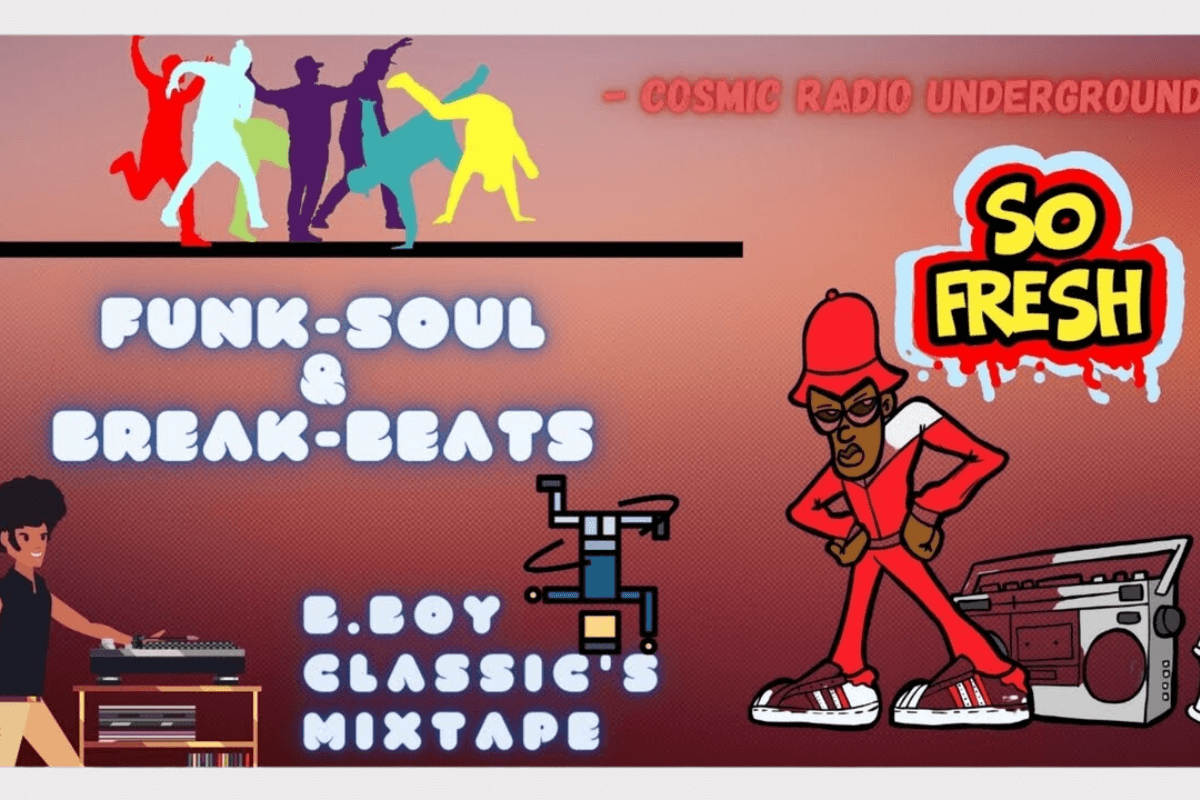
Breakdancing isn’t just for hip-hop tunes. Any song that has a break and a steady beat can become perfect for breakdancing.
Most breakdancing songs originally come from funk, rap, soul, and breakbeats. Some of the well-known songs that beginners often practice with include:
- “The Mexican” by Babe Ruth
- “Just Begun” by Jimmy Castor Bunch
- “Apache” by Incredible Bongo Band
But don’t feel limited to these genres! Exploring other types of music can add variety and excitement to your dance routines. For instance, you might find inspiration in unexpected places, like the rock opera song “Overture” from Jesus Christ Superstar, which features an iconic drop that’s perfect for showcasing your moves and taking your dancing to new heights.
Breakdance journey
Breakdance in the past
The root
Breaking emerged from the creative energy of African-American and Latino youth in New York City. It burst onto the scene in the 1970s, coinciding with the rise of hip-hop culture.
While the specific individual credited with establishing the foundational footwork and freezes remains unknown, it’s clear that DJ Kool Herc played a pivotal role in providing the platform for breakers to showcase their skills. Legend has it that DJ Kool Herc drew inspiration from the lively parties in his neighborhood, where he observed young people moving with bursts of energy whenever the break in the music would play.
The “break” in music refers to a section where the vocals and all other instruments except for the percussion fade out.
Understanding this crucial aspect of music, DJ Kool Herc, a pioneering figure in the hip-hop scene, devised an innovative technique. He would use two turntables to mix two copies of the same record. Employing what became known as the Merry-Go-Round technique, he extended the break, providing dancers with more time to display their moves and creativity.
This inventive approach laid the foundation for what we now know as breaking or breakdancing. Today, people continue to learn and practice breakdancing, drawing inspiration from DJ Kool Herc’s techniques. Despite the passage of time, the fundamental principle of the break remains unchanged and continues to influence breakdancing styles and techniques.
History
The Bronx holds a significant place in the history of breakdance, as it was where the dance style first emerged. However, its influence quickly expanded beyond the Bronx and spread throughout the other boroughs of New York City during the 1970s.
As breakdancing gained attention from the media, musicians, and event organizers, its popularity surged. Parties where breakdancers showcased their skills became a hotbed of excitement and intrigue. This newfound exposure allowed the genre to gain momentum and begin spreading across the United States and eventually reaching audiences worldwide.
Over time, breakdancing evolved and became more structured. Various experts and pioneers in the field contributed to the development of distinct styles of footwork and groundbreaking moves. These individuals also developed systematic approaches to perfecting breakdancing techniques, creating formulas for effective practice. This codification of the dance style helped to further solidify its place in the cultural landscape.
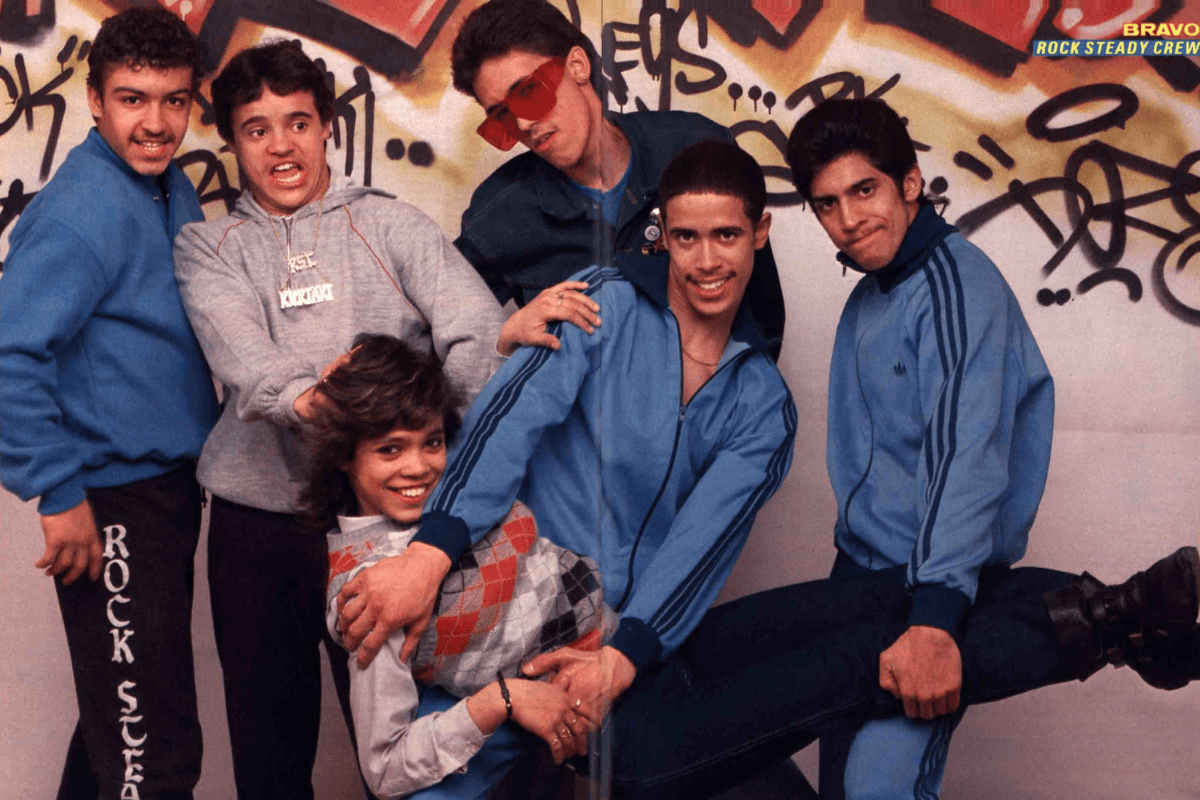
Despite breakdancing evolving in various directions, many historians highlight the significant contributions of the Rock Steady Crew, a renowned group of b-boys who played a pivotal role in popularizing the dance style worldwide.
- In 1982, they embarked on the Roxy European Hip Hop Tour, spreading their unique brand of breakdancing across Europe. The following year, they gained even more recognition when they appeared on David Letterman’s popular talk show.
- The Rock Steady Crew’s fame continued to soar as they made appearances in several iconic movies, including “Breakin’ the Movie,” “Beat Street,” and “Flashdance.” Their electrifying performances captivated audiences and helped propel breakdancing into the mainstream.
- During this period of rising fame, the Rock Steady Crew had the honor of performing for the leader of the free world.
- In 1984, they were invited to showcase their skills at the Kennedy Center Honors event, where they performed for President Ronald Reagan and a national audience, further solidifying their status as breakdancing icons.
The Future of breakdance
Understanding the history of breakdance helps shed light on why certain aspects of the dance style are the way they are. However, over time, the breakdancing scene has evolved, and there are now individuals who pursue breakdancing professionally, competing in events across the globe.
Despite the professionalization of breakdancing at the highest levels, the essence of the dance remains rooted in self-expression and creativity. You can still witness breakdancing in vibrant hubs such as New York City, Paris, Seoul, and Tokyo, where enthusiasts gather to showcase their skills and share their passion for this dynamic art form.
Cyphers and stages
Cyphers
The early 1980s marked the explosion of breakdancing onto the global stage, firmly establishing its cultural significance. Since then, the popularity of breaking has fluctuated, with different generations embracing and moving away from the scene over time.
In the past, most people didn’t learn breakdancing through formal classes. Instead, they honed their skills on the streets, participating in what’s known as a cypher.
Cyphers are the circles formed by breakers when they perform with and challenge each other. These circles can pop up anywhere there’s space, whether it’s in parks, clubs, house parties, or even on the street.
Sometimes, cyphers serve as arenas for breakers to engage in battles and showcase their talents. These battles are informal, rarely featuring a winner, and typically have no time limits, allowing breakers to express themselves freely.
Stages
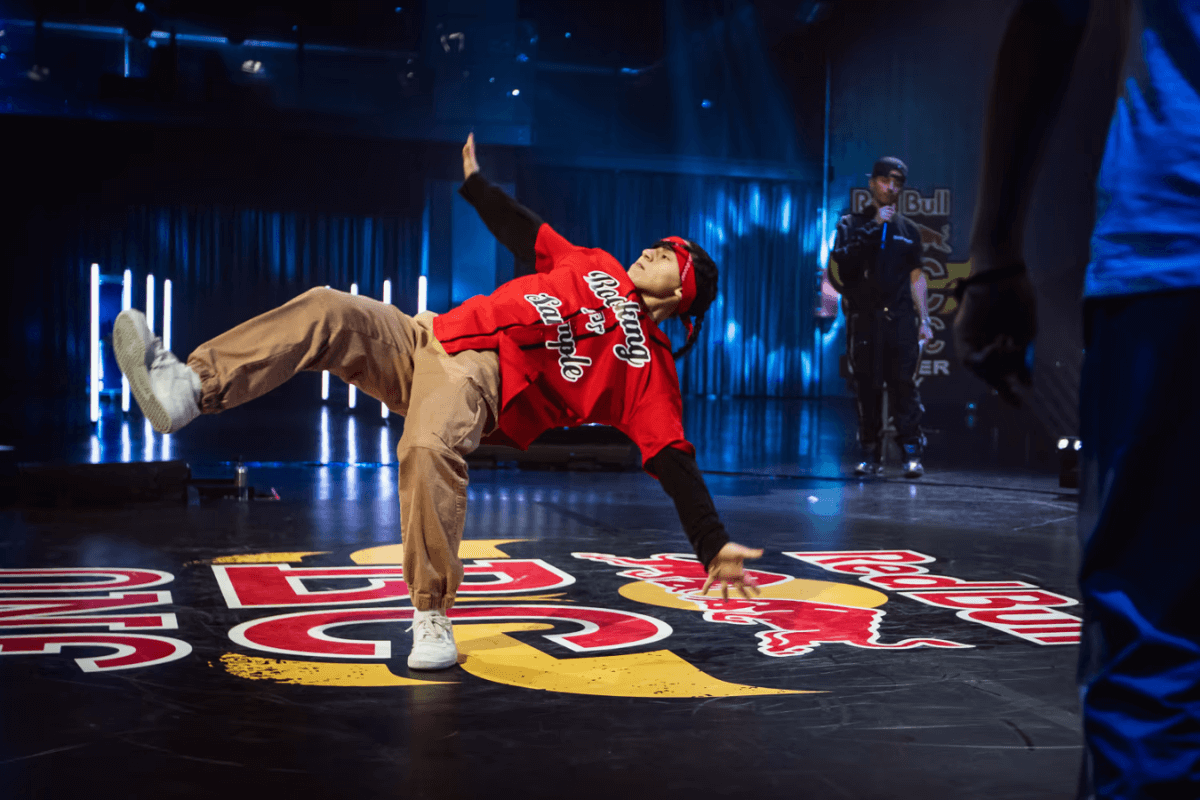
Once again, breakdancing emerged from the streets and has since evolved into a highly competitive art form. After the boom of the 1980s, breaking quickly transitioned from a casual party dance to a structured and competitive pursuit.
Today, there are countless competitions dedicated to breakdancing, each with its own unique formats. These competitions range from one-on-one battles to team competitions with up to eight members per team. If you master the foundational moves and techniques of breaking, you may find yourself competing in these exciting events, showcasing your skills and passion for the art form.
Today, there are several renowned breakdancing events that attract participants and spectators from around the world. Some of the most well-known events include:
- Red Bull BC One – a global competition that showcases top breakdancers from various countries.
- Freestyle Session – held in the USA, this event brings together breakdancers for intense battles and showcases.
- The Notorious IBE – taking place in the Netherlands, this event celebrates hip-hop culture and includes breakdancing competitions.
- Battle of the Year – a global event that highlights the best breakdancing crews from different regions.
- The UK B-Boy Championships – held in the UK, this competition showcases the talents of British breakdancers.
The enduring popularity of breakdancing sets it apart from other dance styles that have faded from the mainstream after brief periods of popularity. Its longevity can be attributed to its unique blend of athleticism, creativity, and cultural significance.
Breaking has become so successful that it will make its debut on the world stage at the Paris 2024 Olympics, marking a historic moment for the sport. This recognition further solidifies breakdancing’s position as a global phenomenon with a bright future ahead.
If you’re inspired by the news of breaking coming to the Olympics and want to know more about the world of cool moves, please check out the this YouTube video below!
Author Profile
Latest entries
 Break DanceAugust 26, 2024ULTIMATE AIRFLARE TUTORIAL (2024) – COACH SAMBO
Break DanceAugust 26, 2024ULTIMATE AIRFLARE TUTORIAL (2024) – COACH SAMBO Break DanceAugust 26, 2024BEST WINDMILL TUTORIAL – COACH SAMBO – HOW TO BREAKDANCE
Break DanceAugust 26, 2024BEST WINDMILL TUTORIAL – COACH SAMBO – HOW TO BREAKDANCE Break DanceAugust 26, 2024BEST AIRFLARE TUTORIAL – BY SAMBO – HOW TO BREAKDANCE (#6)
Break DanceAugust 26, 2024BEST AIRFLARE TUTORIAL – BY SAMBO – HOW TO BREAKDANCE (#6) Break DanceAugust 26, 20245 BEGINNER FREEZES – HOW TO BREAKDANCE – BY COACH SAMBO
Break DanceAugust 26, 20245 BEGINNER FREEZES – HOW TO BREAKDANCE – BY COACH SAMBO

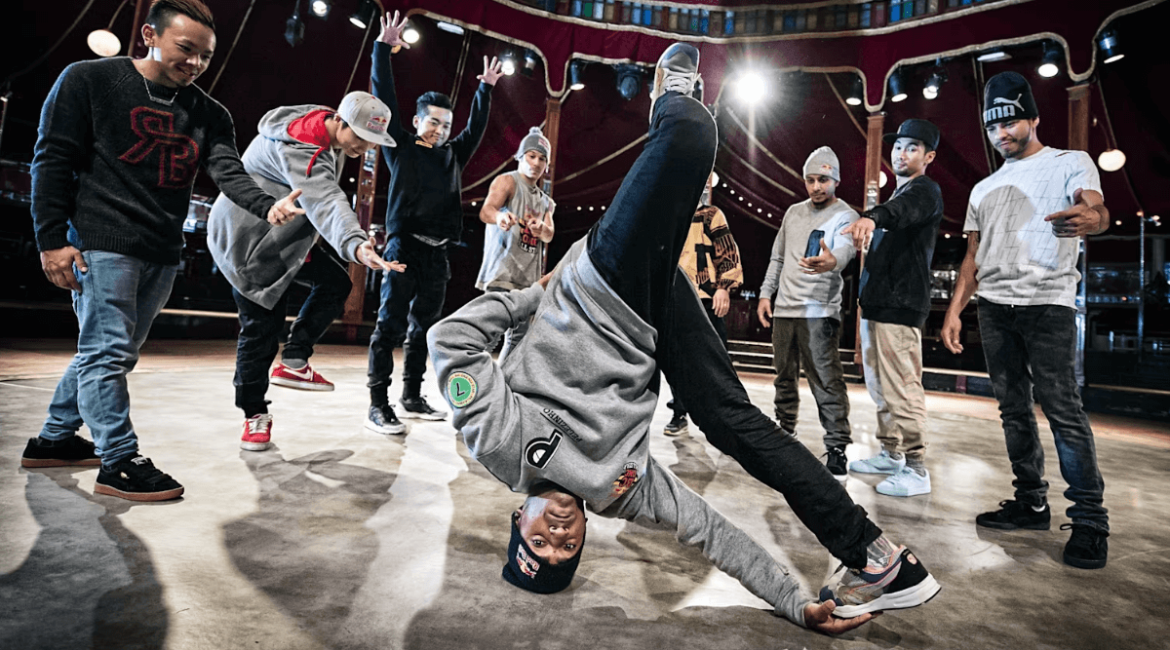



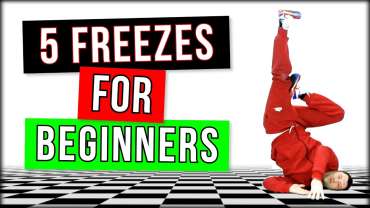
Leave a reply